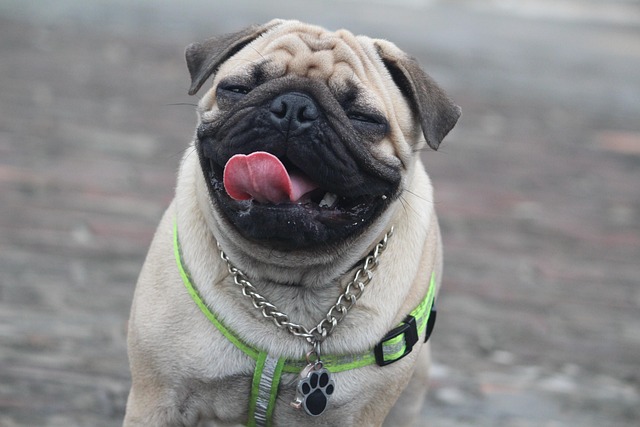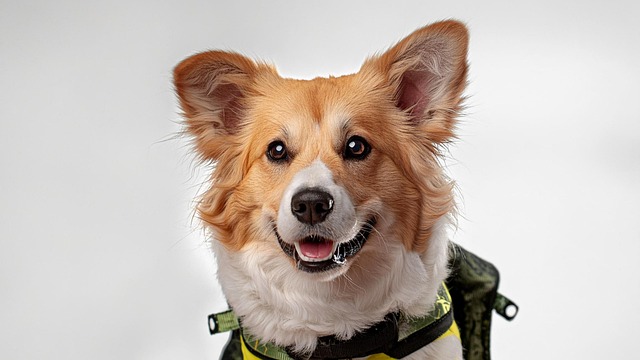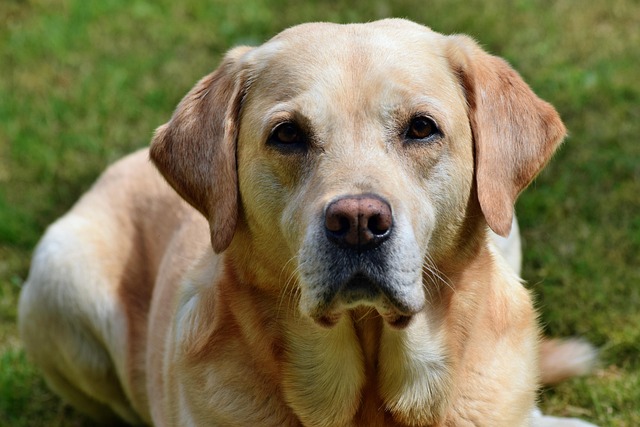How long should a dog walk be for a puppy? This is a top question for new dog owners in the US, especially when that wiggly bundle of energy arrives home. While you might be eager to explore the neighborhood together, puppies aren’t tiny adults—their growing bodies need just the right amount of exercise to stay healthy without overdoing it. Get the duration right, and walks become a bonding ritual; get it wrong, and you risk tiring them out or even causing joint strain.
Veterinarians and animal behaviorists agree: puppy walk duration depends on age and breed, but a general rule is 5 minutes of exercise per month of age, twice a day. For an 8-week-old puppy, that means two 10-minute walks daily—short enough to keep them engaged without tiring their developing joints. Large breeds like Labradors need extra caution, as their fast-growing bones are more susceptible to injury from overexertion. Smaller breeds might seem more energetic, but they still have limited stamina—watch for signs like slowing down or lying down suddenly, which mean it’s time to head home.
Practical execution means breaking exercise into short, frequent sessions. Instead of one long walk, try three 5-minute strolls around your quiet neighborhood for a 12-week-old puppy. Mix in playtime in your yard (once vaccinated) with gentle games like fetch with a soft toy to keep things fun. When introducing them to public sidewalks, let them stop to sniff—this mental stimulation is as important as physical exercise for their development. Always end walks on a positive note, with a small treat when they walk calmly beside you.

In the US, responsible puppy walking comes with legal and cultural considerations. Wait until your puppy completes their full vaccination series, including mandatory rabies shots (usually around 16 weeks), before venturing into public parks—this protects them from deadly diseases like parvovirus. When nature calls during walks, always carry waste bags: cities like Boston fine owners up to $300 for leaving pet waste, and many communities provide free bag dispensers to encourage compliance. Culturally, physical correction during walks (like yanking the leash) is discouraged; instead, reward loose-leash walking with praise or treats to build trust.
For apartment dwellers, schedule walks during daytime hours to avoid disturbing neighbors with early morning or late-night noise. In community spaces, keep your puppy on a 4-6 foot leash to respect others’ space, especially around children or other pets. Remember, the goal isn’t just exercise—it’s helping your puppy grow into a confident, well-mannered companion who loves exploring the world with you.






